Home>Garden Essentials>When To Do Grass Seed
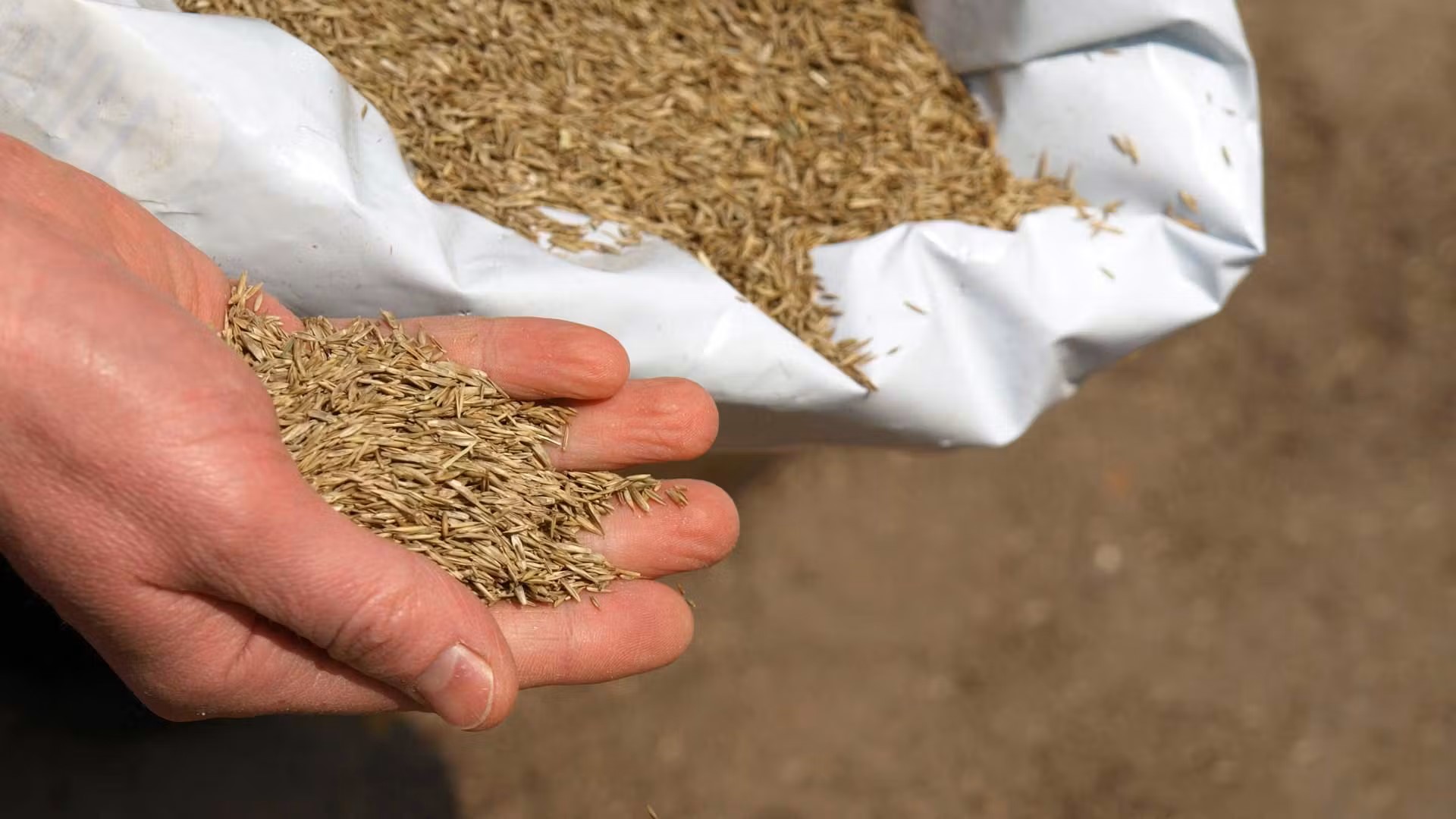

Garden Essentials
When To Do Grass Seed
Modified: March 15, 2024
Discover the ideal time for planting grass seed in your garden. Find expert tips and advice on when to do grass seed to ensure a lush and healthy lawn.
(Many of the links in this article redirect to a specific reviewed product. Your purchase of these products through affiliate links helps to generate commission for Storables.com, at no extra cost. Learn more)
Introduction
Welcome to the world of gardening! Whether you are a novice or a seasoned gardener, one thing remains constant – the desire to have a beautiful and vibrant lawn. A lush green lawn not only adds beauty to your landscape but also provides a space for relaxation and outdoor activities.
One crucial aspect of maintaining a healthy lawn is knowing when to sow grass seeds. Timing plays a vital role in the success of seed germination and establishing new grass. In this article, we will explore the factors to consider and the best times to sow grass seeds.
So, grab your gardening tools, put on your gardening gloves, and let’s dive into the world of grass seed planting!
Key Takeaways:
- Timing is crucial for successful grass seed germination. Consider factors like climate, grass species, and soil conditions to choose the best time for seeding.
- Proper preparation, including soil testing and amending, is essential for successful grass seed germination. Follow seeding techniques and care for newly seeded grass to ensure a lush and vibrant lawn.
Read more: When Do Dandelions Seed
Factors to Consider
Before you start spreading grass seeds on your lawn, there are a few factors to consider. These factors will help determine the optimal timing for seeding and increase the chances of successful germination.
1. Climate: Understanding your local climate is crucial when deciding when to sow grass seeds. Different grass varieties have different temperature and moisture requirements for optimal growth. What may work in one region may not work in another. Research the ideal growing conditions for the grass species you have chosen and align those conditions with your local climate.
2. Grass Species: Speaking of grass species, it’s essential to choose a type of grass that is suitable for your region. Cool-season grasses, such as Kentucky bluegrass, ryegrass, and fescue, thrive in regions with cooler temperatures and moderate humidity. On the other hand, warm-season grasses, such as Bermuda grass, Zoysia grass, and St. Augustine grass, prefer warmer climates with higher humidity levels.
3. Soil Conditions: The health of your soil also plays a significant role in successful grass seed germination. It’s important to assess the pH level, drainage capabilities, and nutrient content of your soil. Conducting a soil test can provide valuable insights and help you determine whether any amendments are necessary to create an optimal environment for seed growth.
4. Lawn Usage: Consider how you use your lawn and the level of foot traffic it receives. If you have a high-traffic area, like a play area or a pathway, it’s crucial to choose a grass species that can withstand heavy use. Some varieties, like tall fescue, are more durable and resilient, making them suitable for high-traffic areas.
5. Time Availability: Finally, consider your own schedule and time availability. Sowing grass seeds requires some preparation and regular maintenance in the initial stages. Choose a time when you can dedicate time to prepare the soil, sow the seeds, and provide proper care for the newly seeded lawn.
By taking these factors into account, you will be able to determine the best time to sow grass seeds in your specific situation. Remember, timing is crucial for successful germination and establishing a vibrant lawn, so make your decision wisely!
Best Time to Seed
Now that we have considered the important factors, let’s explore the best times of the year to sow grass seeds. Timing is crucial to ensure adequate sunlight, temperatures, and moisture for optimal germination and establishment of new grass.
1. Early Spring: Early spring, typically between late February and early April, is an ideal time to sow grass seeds in regions with cool-season grasses. The soil is starting to warm up, and the weather conditions are generally favorable for seed germination. As the days get longer and temperatures rise, the grass seeds will have enough time to establish before the heat of summer arrives.
2. Late Summer to Early Fall: Another opportune time to sow grass seeds is in late summer or early fall, usually between late August and early September. This timing takes advantage of the warm soil temperatures and cooler air temperatures, creating optimal conditions for seed germination. Additionally, there is often increased rainfall during this time, providing essential moisture for the newly planted seeds.
It is important to note that the best time to seed may vary depending on the specific grass species you are planting and your region’s climate. Research and consult local garden centers or extension offices to determine the specific recommendations for your area.
Early Spring
Early spring, typically between late February and early April, is an ideal time to sow grass seeds in regions with cool-season grasses. As the winter cold starts to wane and the ground begins to thaw, this period offers favorable conditions for seed germination and establishment.
One of the main advantages of sowing grass seeds in early spring is that the soil is starting to warm up, providing the seeds with the ideal temperature for germination. The cooler temperatures in the spring season also help prevent the seeds from drying out or being exposed to extreme heat, which can hinder their growth. Additionally, the longer days provide ample sunlight, which is essential for photosynthesis and the growth of healthy, vibrant grass.
To prepare for seeding in early spring, it’s important to start by assessing your soil conditions. Conduct a soil test to check the pH levels and nutrient content. Based on the test results, you may need to amend the soil by adding fertilizers or organic matter to provide optimal nutrients for the grass seeds.
Before sowing the seeds, it’s crucial to prepare the soil properly. Begin by removing any weeds, rocks, or debris from the area. Loosen the top layer of soil using a rake or garden fork, ensuring there are no compacted areas. This helps create a loose, well-aerated surface for the seeds to establish roots.
Next, spread the grass seeds evenly over the prepared soil, following the recommended seeding rate for the specific grass species you are planting. Consider using a handheld spreader or a mechanical spreader to ensure even distribution. Lightly rake the seeds into the soil, ensuring that they are in good contact with the soil for better germination.
Water the seeded area gently to keep the soil moist but not saturated. Be mindful not to overwater, as excessive moisture can cause the seeds to rot. Continue to water regularly, keeping the soil evenly moist until the grass seeds germinate and establish. Avoid walking on the newly seeded area to prevent damage to the delicate seedlings.
Throughout the spring, monitor the newly seeded area closely and provide appropriate care. Regularly water the grass to ensure the roots develop well and the seedlings grow strong. Gradually reduce the frequency of watering as the grass matures, but maintain a consistent watering schedule to promote deep root growth.
Once the grass reaches a height of about 3 inches, you can start mowing it, using a sharp mower blade and following the recommended mowing height for the grass species. Avoid cutting the grass too short, as it can stress the young seedlings.
With proper care and maintenance, by early summer, you should have a beautiful, green lawn that will bring joy and pride to your outdoor space.
Keep in mind that the early spring period may vary depending on your specific region’s climate and grass species. Be sure to research and consult with local garden centers or extension offices for the most accurate recommendations for your area.
Late Summer to Early Fall
If you missed the opportunity to sow grass seeds in early spring or if you’re looking for another optimal time to establish a new lawn, late summer to early fall, typically between late August and early September, is an excellent time to sow grass seeds in many regions. This period provides favorable conditions for seed germination and establishment, setting the stage for a healthy and vibrant lawn.
One of the main advantages of seeding in late summer to early fall is that the soil temperatures are still warm from the summer heat. Warm soil promotes faster seed germination and root development, resulting in quicker establishment of the grass. Additionally, the cooler air temperatures during this time reduce stress on the grass, allowing it to grow more efficiently.
Another favorable aspect of this time is the increased rainfall often experienced during late summer and early fall. Adequate moisture is crucial for seed germination and initial plant growth. The combination of warm soil and increased rainfall provides the optimal moisture conditions for the grass seeds to sprout and thrive.
To prepare for seeding in late summer to early fall, start by thoroughly preparing the soil. Remove any existing weeds, rocks, or debris from the area and loosen the top layer of soil using a rake or garden fork. This will create a loose and receptive seedbed for the grass seeds.
Spread the grass seeds evenly over the prepared soil, following the recommended seeding rate for the specific grass species you have chosen. A handheld spreader or mechanical spreader can help ensure uniform distribution. Gently rake the seeds into the soil, making sure they are in good contact with the soil for successful germination.
Water the newly seeded area immediately after seeding to encourage the seeds to settle into the soil. Keep the top inch of soil consistently moist during the germination process. This may require watering the area lightly multiple times a day, especially in hotter and drier climates.
As the grass seeds begin to germinate and establish, gradually reduce the frequency of watering while increasing the amount of water applied each time. This encourages deep root growth and helps the grass develop a strong and resilient foundation.
Monitor the newly seeded area closely during this period. Keep an eye out for any signs of diseases or pests, and address them promptly. Avoid walking on the seeded area until the grass is well-established to prevent any damage to the tender seedlings.
Once the grass has reached a height of about 3 inches, you can start mowing it. Set your mower to the recommended mowing height for the grass species you have planted, ensuring not to remove more than one-third of the grass height in a single mowing session.
By the time late fall arrives, your newly seeded grass should be well established and ready to withstand the challenges of winter. Continue to provide proper care and maintenance, such as fertilizing, weed control, and regular mowing, to ensure a healthy and thriving lawn.
Remember, the late summer to early fall period may vary depending on your specific region’s climate and grass species. It’s essential to research and consult with local garden centers or extension offices for the most accurate recommendations for your area.
The best time to plant grass seed is in the early fall or early spring when the soil is warm and there is enough moisture for the seeds to germinate. Avoid planting in the heat of summer or the cold of winter.
Read more: When Do Tulips Germinate
Preparing for Seeding
Before you sow grass seeds, proper preparation of the area is essential to ensure the best possible conditions for germination and establishment. Taking the time to prepare the soil adequately will set the foundation for a healthy and vibrant lawn. Here are some steps to follow when preparing for seeding:
1. Clear the Area: Start by clearing the area of any existing vegetation, such as weeds or grass. Use a garden rake or shovel to remove weeds and their roots. This process helps eliminate competition for nutrients and space, giving the grass seeds a better chance to grow.
2. Test the Soil: Conduct a soil test to determine the pH level and nutrient content of the soil. This will guide you in making any necessary amendments to create an optimal growing environment for the grass seeds. You can purchase a soil testing kit from a garden center or send a soil sample to a local agricultural extension office for analysis.
3. Amend the Soil: Based on the results of the soil test, you may need to amend the soil by adding organic matter or fertilizers. Organic matter, such as compost or well-rotted manure, helps improve soil structure, drainage, and nutrient availability. Fertilizers can be added to provide essential nutrients that may be lacking in the soil. Follow the recommendations from your soil test or consult with gardening experts for specific guidance.
4. Level the Surface: A level surface ensures even distribution of grass seeds and promotes uniform growth. Use a garden rake or landscape leveling tool to smooth out any bumps or depressions in the soil. This will prevent water from pooling and allow the grass to grow evenly across the entire area.
5. Loosen the Soil: Loosening the soil allows for better air circulation and root penetration. Use a garden fork or a tiller to break up compacted soil. This process improves water drainage, prevents standing water, and facilitates root growth.
6. Remove Debris: Take the time to remove any rocks, sticks, or debris from the area. These objects can obstruct the growth of grass and create an uneven surface. Thoroughly inspect the area and remove any obstructions before seeding.
By following these steps and preparing the area properly, you will create an optimal environment for successful grass seed germination and establishment. Taking the extra time to prepare the soil will ultimately lead to a healthier and more resilient lawn in the long run.
Choosing the Right Grass Seed
Choosing the right grass seed is crucial for establishing a healthy, lush lawn that thrives in your specific climate and growing conditions. With various grass species and cultivars available, it’s important to select a seed that suits your needs and matches the conditions of your lawn. Here are some factors to consider when choosing the right grass seed:
1. Climate: Different grass species have specific climate requirements. Consider the climate in your region – whether it’s cool-season, warm-season, or transitional – and choose a grass type that is well-suited for those conditions. Cool-season grasses, such as Kentucky bluegrass, fescue, and ryegrass, thrive in cooler temperatures, while warm-season grasses, like Bermuda grass, Zoysia grass, and St. Augustine grass, prefer hotter climates.
2. Sunlight Exposure: Evaluate the amount of sunlight your lawn receives throughout the day. Some grass species, like Bermuda grass and Zoysia grass, thrive in full sun conditions, while others, such as shade-tolerant fescue or fine fescue, tolerate more shade. Choose a grass seed that matches the sunlight exposure in your lawn to ensure optimal growth and health.
3. Soil Type and pH: Consider the soil type and pH level in your lawn. Some grasses, like Bahiagrass or Centipedegrass, tolerate acidic soils, while others, such as Kentucky bluegrass or ryegrass, prefer slightly acidic to neutral soils. Assess the soil conditions and select a grass seed that is compatible with the pH level and soil type in your lawn.
4. Lawn Usage: Think about how you plan to use your lawn. Different grass species have varying levels of tolerance to foot traffic, wear and tear, and drought resistance. For high-traffic areas, choose a durable grass, like tall fescue or Bermuda grass, that can withstand heavy use without getting damaged.
5. Maintenance Level: Consider the level of maintenance you are willing to commit to. Some grasses require more frequent mowing, watering, and fertilizing, while others are more low-maintenance. Be realistic about the amount of time and effort you can dedicate to lawn care and choose a grass seed that aligns with your maintenance preferences.
6. Seed Quality: Lastly, select high-quality grass seed to ensure the best results. Look for certified or professionally blended seed mixes that are free from weeds, pests, and disease. Good-quality seed will have high germination rates and will give you a higher chance of establishing a healthy lawn.
Research different grass varieties, consult with local garden centers or extension offices, and seek recommendations from experienced gardeners in your area. By considering these factors and selecting the right grass seed, you’ll lay the foundation for a vibrant and beautiful lawn that enhances the overall aesthetics of your outdoor space.
Seeding Techniques
When it comes to seeding your lawn, using the proper techniques can significantly improve the chances of successful germination and establishment. Here are some key seeding techniques to keep in mind:
1. Uniform Seed Distribution: Ensure even distribution of the grass seeds across the entire area to promote uniform growth. Use a handheld spreader or a mechanical spreader to achieve consistent coverage. This will help prevent patchy areas and ensure that the grass grows uniformly throughout the lawn.
2. Seeding Rate: Follow the recommended seeding rate for the specific grass species you are planting. Different grass types require different seeding rates to achieve optimal growth. Over-seeding can lead to overcrowding and competition for resources, while under-seeding may result in sparse areas. Carefully follow the instructions on the seed packaging or consult with local experts for the correct seeding rate.
3. Timing: Choose the right time to sow the seeds, whether it’s in early spring or late summer to early fall. Timing is crucial for successful germination. Avoid seeding during periods of extreme heat or cold, as it can hamper germination and establishment. Be mindful of the specific climate and growing conditions in your region and sow the seeds accordingly.
4. Soil Contact: Ensure good seed-to-soil contact for better germination. After spreading the seeds, use a rake or a lawn roller to gently press them into the soil. This helps the seeds establish contact with the soil, preventing them from drying out and improving the chances of successful germination and root development.
5. Watering: Proper watering is crucial for seed germination. Immediately after seeding, water the area lightly to help settle the seeds into the soil. Afterward, maintain consistent moisture in the top layer of soil by watering regularly. Keep the soil evenly moist without overwatering, as excessive moisture can lead to rotting or fungal diseases. Gradually reduce the frequency of watering as the grass starts to establish, but continue to provide regular irrigation to encourage deep root growth.
6. Mulching: Consider using a thin layer of mulch, such as straw or compost, to cover the seeded area. Mulching helps retain moisture, prevent erosion, and protect the seeds from birds or harsh weather conditions. Just make sure the layer is thin enough to allow sunlight to reach the seeds for germination.
7. Post-Seeding Care: After seeding, avoid walking on the seeded area until the grass is well-established to prevent damage to the delicate seedlings. Keep an eye out for any signs of weeds and address them promptly. Once the grass reaches a height of about 3 inches, you can start mowing it, taking care not to remove more than one-third of the grass height in a single mowing session.
By following these seeding techniques, you can improve the success rate of grass seed germination and establishment. Remember to adjust these techniques based on the specific grass species, local climate, and soil conditions in your area. With proper care and maintenance, your newly seeded lawn will flourish into a lush and vibrant carpet of green.
Caring for Newly Seeded Grass
After seeding your lawn, it’s essential to provide proper care to ensure the seeds germinate successfully and the new grass establishes a strong root system. Caring for newly seeded grass involves attention to watering, fertilizing, mowing, and protecting the delicate seedlings. Here are some key tips for caring for newly seeded grass:
1. Watering: Proper watering is crucial for seed germination. Immediately after seeding, water the area lightly to help settle the seeds into the soil. Afterward, maintain consistent moisture in the top layer of soil by watering regularly. Keep the soil evenly moist without overwatering, as excessive moisture can lead to rotting or fungal diseases. Water in the early morning or late afternoon to ensure the grass has enough time to dry before evening.
2. Fertilizing: Wait until the grass has been mowed at least three times before applying any fertilizer. This gives the new seedlings ample time to establish a strong root system. Choose a slow-release or starter fertilizer specifically designed for newly seeded grass. Follow the instructions on the fertilizer packaging for the recommended application rate. Apply the fertilizer evenly, taking care not to overlap or concentrate it in one area.
3. Mowing: Once the new grass reaches a height of about 3 inches, it is safe to start mowing. Set your mower to a height that removes no more than one-third of the grass blade length. Keeping the grass slightly longer during the early stages helps protect the delicate seedlings and strengthens the root system. Be cautious not to remove more than the recommended amount as it can stress the young grass.
4. Weed Control: Newly seeded lawns are particularly susceptible to weed invasion. To prevent weeds from competing with the grass, it’s important to control them during the establishment phase. Manual removal or spot treatment of weeds is recommended to avoid damaging the newly seeded grass. Applying a pre-emergent weed control product before seeding and following up with a post-emergent selective herbicide, if necessary, can help keep weeds at bay.
5. Protecting from Foot Traffic: Avoid walking on newly seeded areas until the grass is well-established. Foot traffic can damage the delicate seedlings and disrupt their growth. Mark the seeded area with stakes or ropes to remind family members and guests to avoid stepping on it. If foot traffic is unavoidable, consider placing temporary pathways or boards to distribute weight and minimize damage.
6. Regular Maintenance: Once the grass is established, transition to a regular lawn maintenance routine. Follow a consistent watering schedule, and adjust as needed based on weather conditions. Mow the grass at the recommended height for the specific grass species. Fertilize according to a fertilization schedule appropriate for your region and grass type. Regular maintenance will help the new grass thrive and maintain a healthy appearance.
With proper care and attention, your newly seeded grass will grow into a lush, vibrant lawn. Patience is key as it can take several weeks for the grass to fully establish. Continually monitor the lawn for any issues, such as pests or diseases, and address them promptly to keep your lawn looking its best.
Read more: When Do Seeds Sprout
Conclusion
Congratulations on taking the necessary steps to learn about the best times to sow grass seeds and how to care for your newly seeded lawn. By considering factors such as climate, grass species, soil conditions, and lawn usage, you can make informed decisions that will set the foundation for a beautiful and thriving lawn.
Whether you choose to seed in early spring or late summer to early fall, both seasons offer favorable conditions for seed germination and establishment. During these times, the soil temperatures and moisture levels are ideal for the seeds to sprout and develop a strong root system.
Proper preparation of the soil, including clearing the area, testing and amending the soil, and ensuring good seed-to-soil contact, is crucial for successful seed germination. Additionally, employing seeding techniques such as uniform seed distribution, proper watering, and post-seeding care will greatly enhance your chances of establishing a healthy lawn.
Remember to provide regular care for your newly seeded grass, including proper watering, fertilizing, mowing, and protecting it from foot traffic and weed invasion. By following these maintenance practices, your new grass can establish deep roots, resist weeds, and flourish into a lush and vibrant lawn.
As with any gardening endeavor, patience is paramount. It takes time for the grass seeds to germinate and grow into a well-established lawn. Stay diligent and consistent in your lawn care practices, and soon you will be rewarded with a green oasis where you can relax, play, and enjoy the beauty of nature.
Lastly, stay curious and continue to expand your knowledge of lawn care and gardening. Gardening is a continuous learning process, and there is always something new to discover. Stay connected with local gardening resources and seek advice from experienced gardeners to further enhance your lawn care skills.
So, take a deep breath, grab your gardening tools, and let the journey to a lush and healthy lawn begin. Happy seeding!
Frequently Asked Questions about When To Do Grass Seed
Was this page helpful?
At Storables.com, we guarantee accurate and reliable information. Our content, validated by Expert Board Contributors, is crafted following stringent Editorial Policies. We're committed to providing you with well-researched, expert-backed insights for all your informational needs.
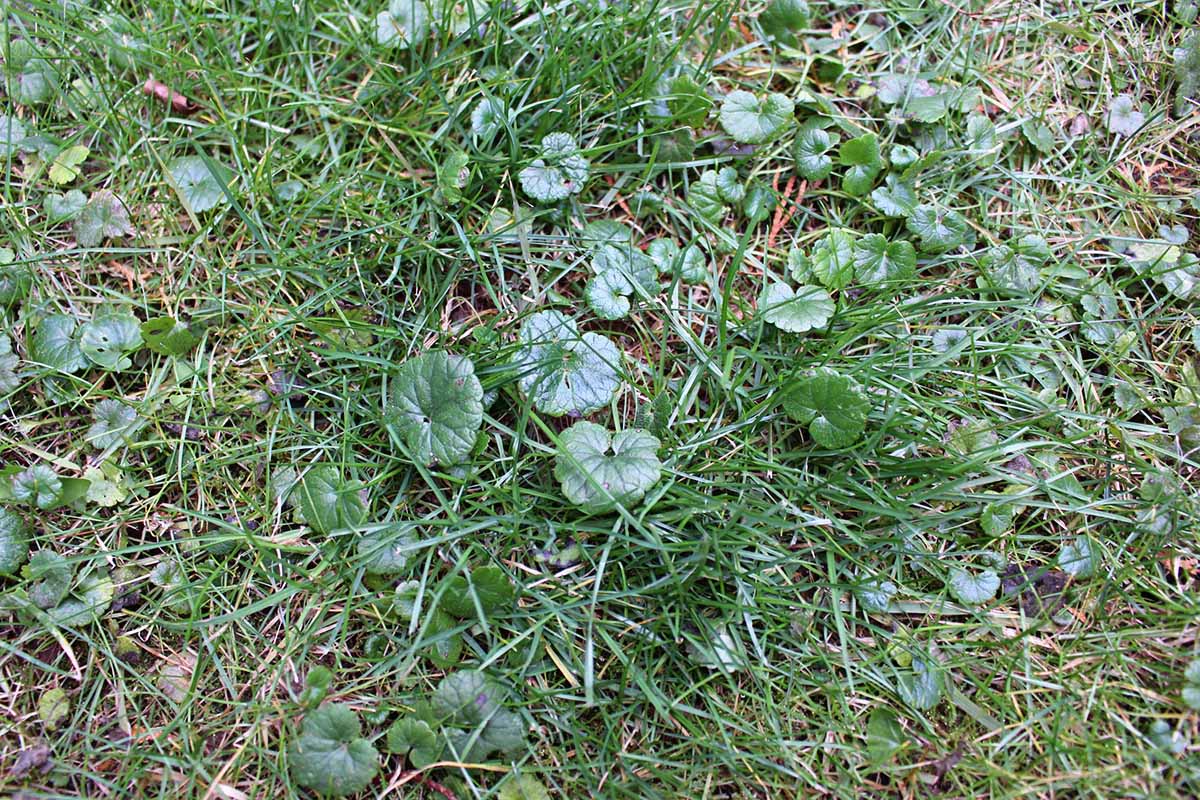

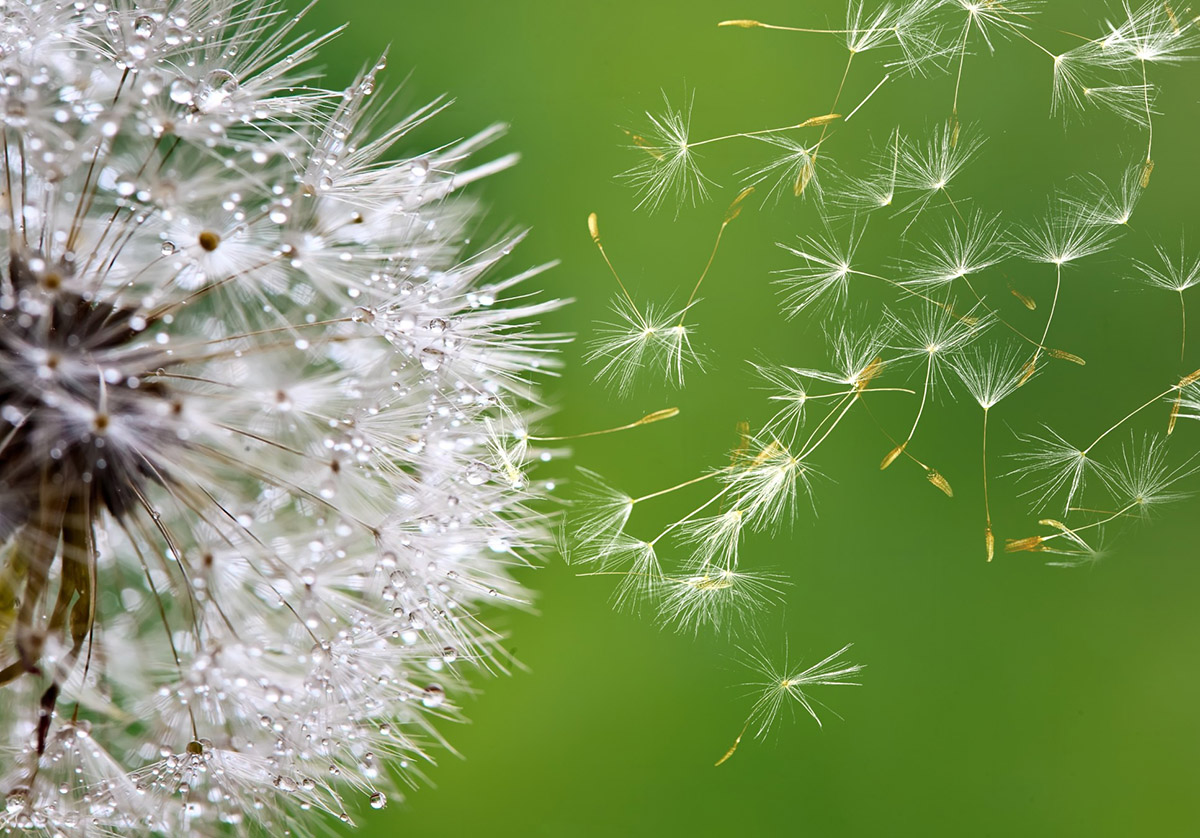
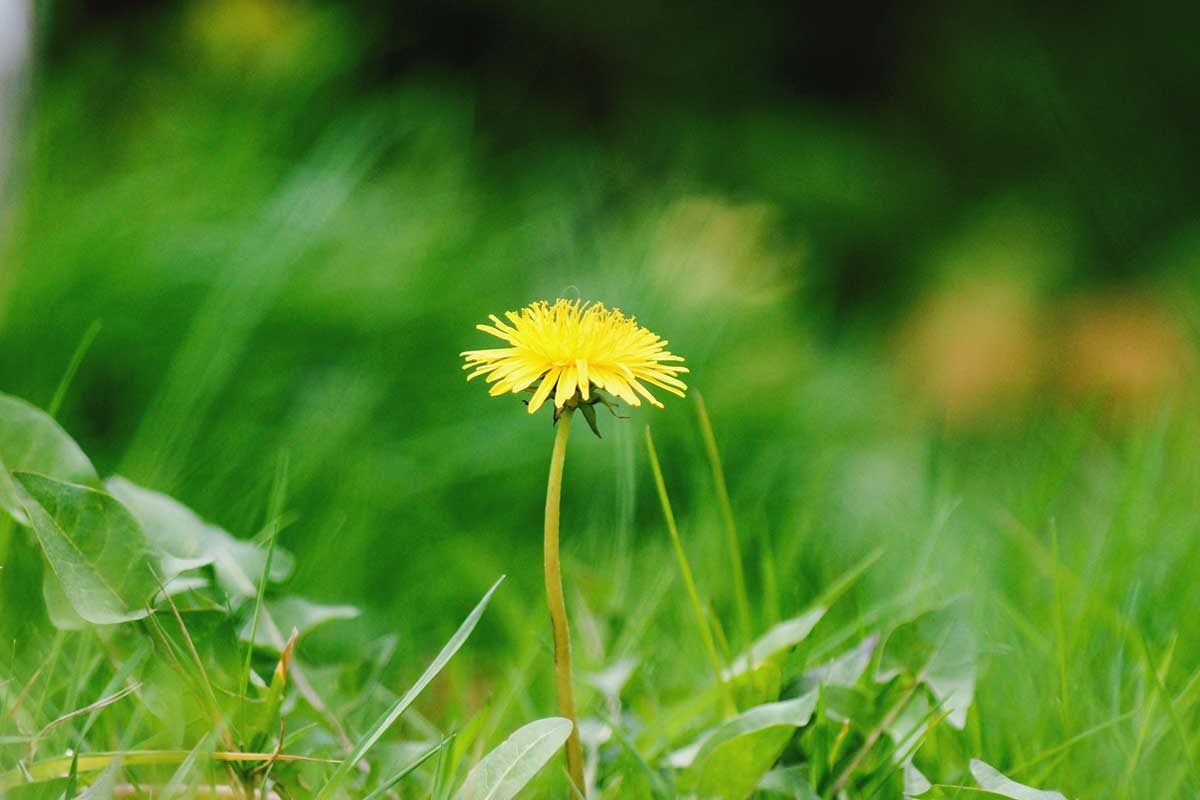
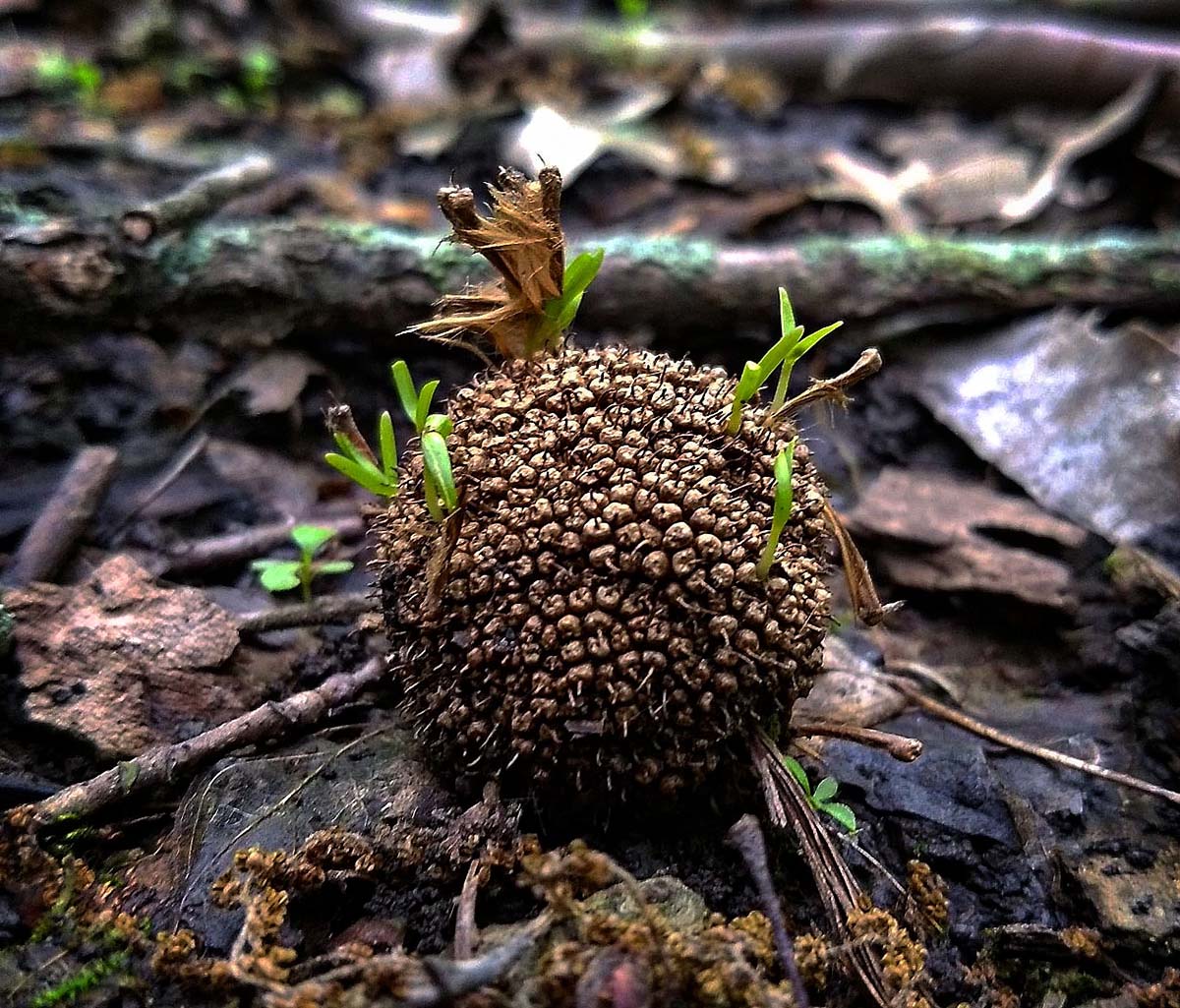


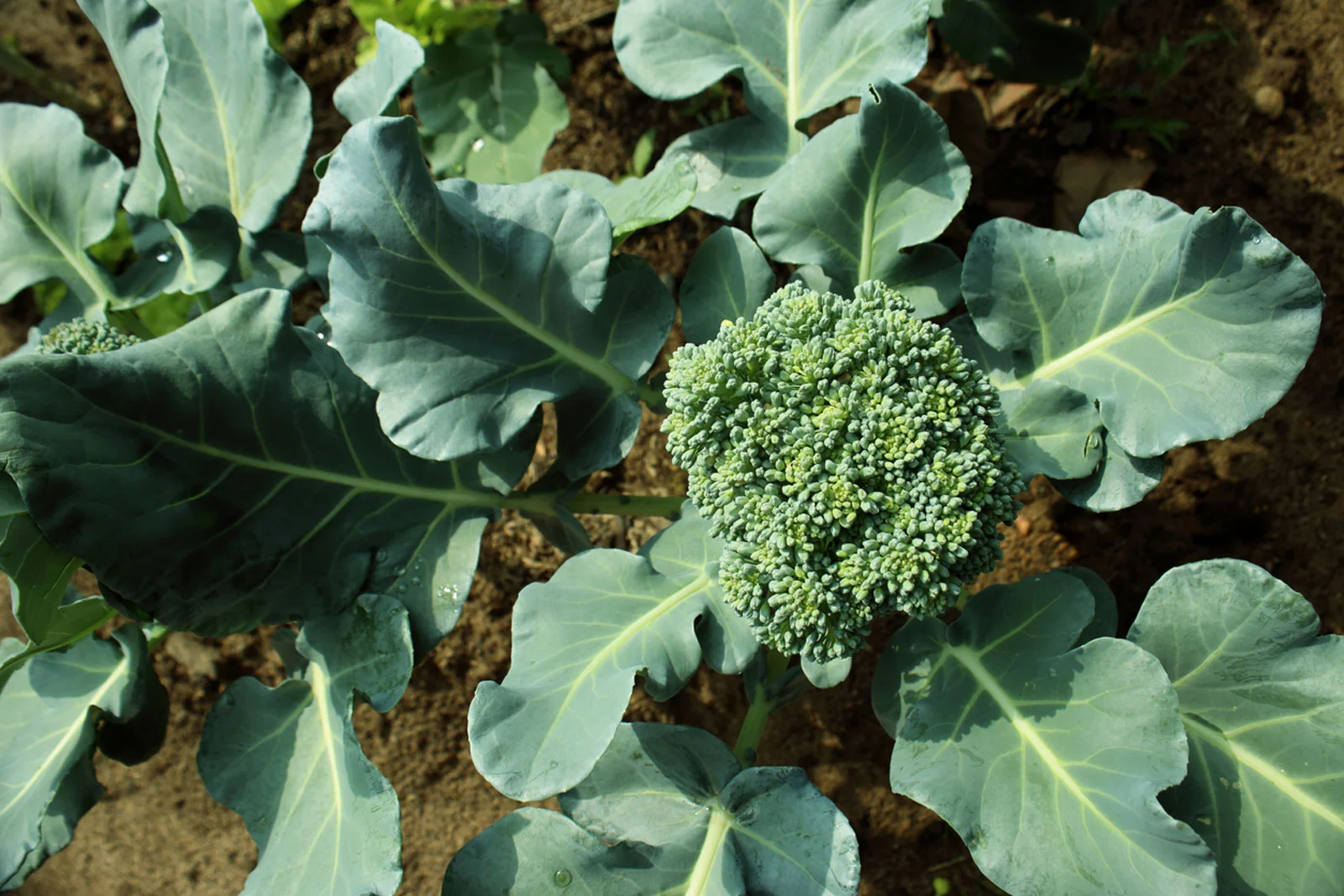
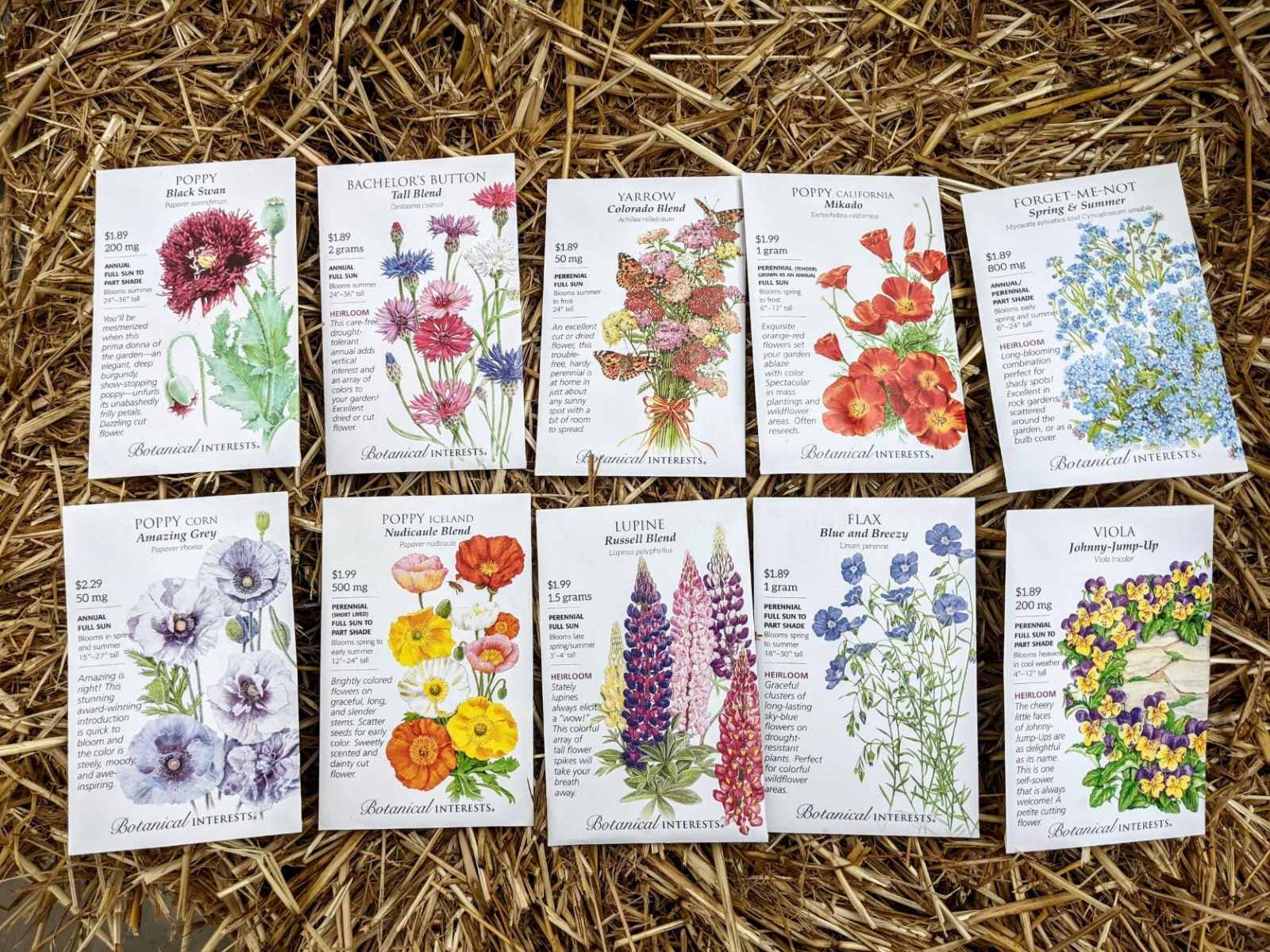
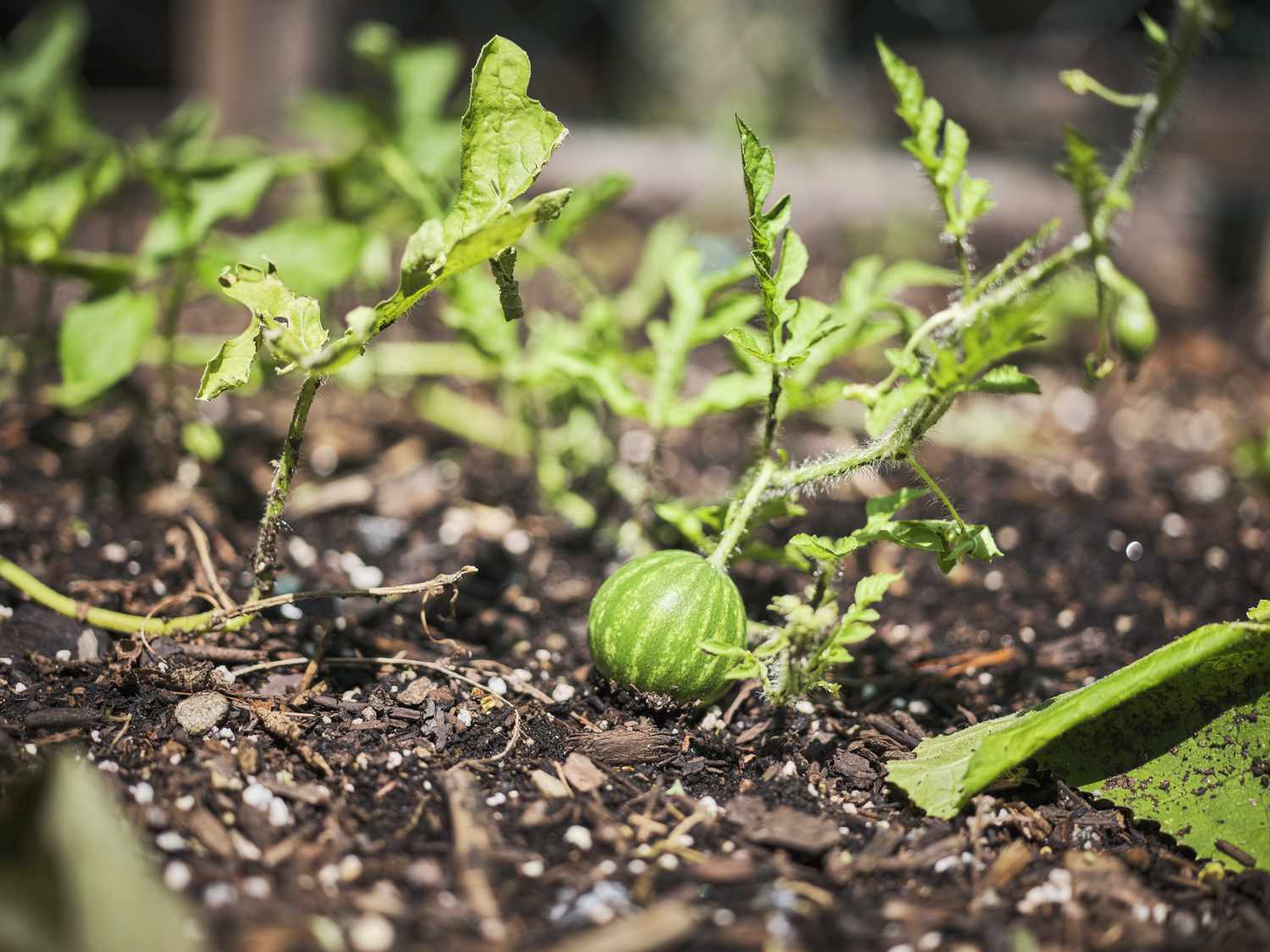
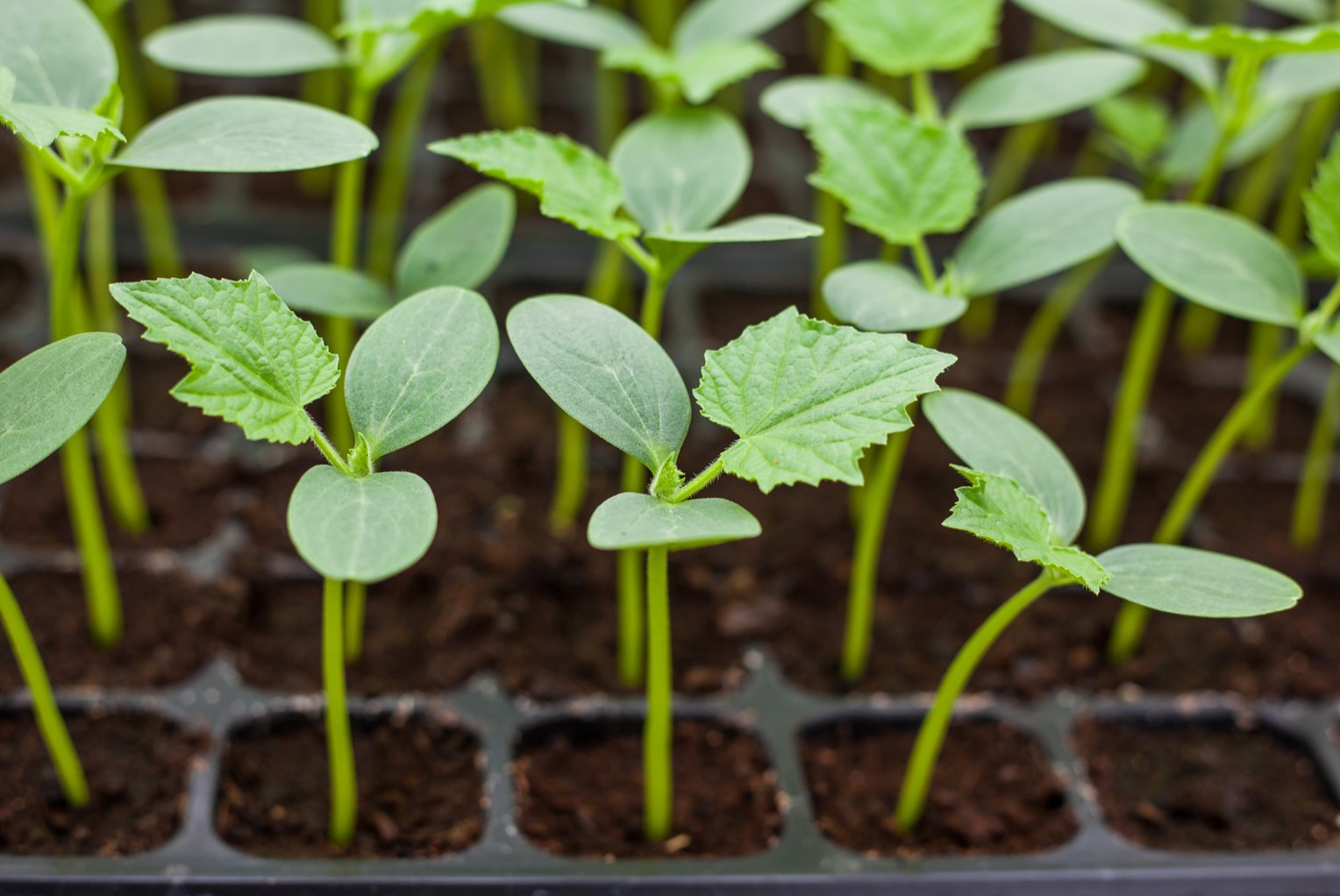



0 thoughts on “When To Do Grass Seed”